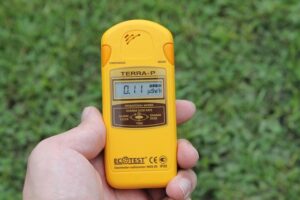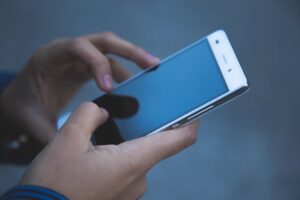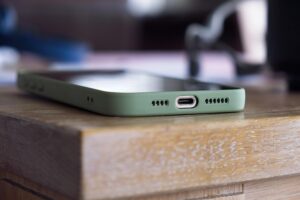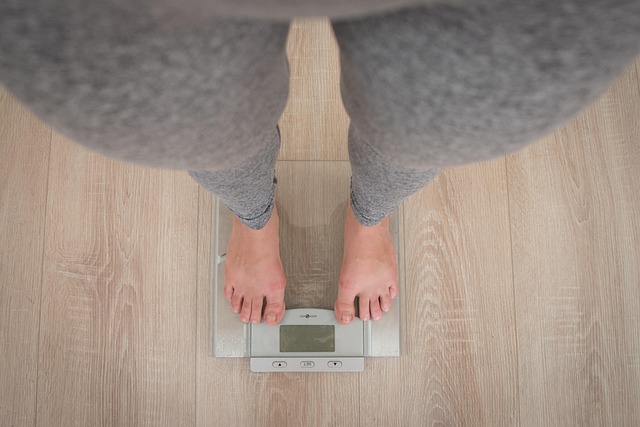Phone Radiation & You
Let’s be honest: these days, we are nearly always holding our cellphones in our hands. They are essential for work, communication, and amusement, from waking us up in the morning to being the last thing we view before bed. However, as we become more dependent on these portable devices, we frequently wonder: what about the radiation? Conversations, news stories, and even late-night Google searches touch on the subject. It can be a little unsettling to think that something we use so frequently might be subtly affecting our health. So, let’s take a deep breath and discuss what we currently know in an understandable manner regarding mobile phone radiation and its impacts on human health.
Dispelling Myths About Mobile Radiation: What Is It? First and foremost, it’s critical to comprehend the type of radiation in question. Radiofrequency (RF) electromagnetic fields are released by mobile phones.

type of radiation
non-ionizing. Now, let’s explain before you immediately think of nuclear bombs or Chernobyl. Ionizing radiation (such as X-rays or gamma rays) has sufficient energy to directly harm DNA, whereas non-ionizing radiation is quite different. However, that level of power is not present in radiofrequency radiation. In the same way that a microwave oven heats food, its main impact is to heat tissue. But compared to a microwave, a phone’s power levels are substantially lower.Here’s a quick summary of their findings so far:Consider it this way: UV, infrared, and visible light are all forms of non-ionizing radiation found in sunlight. Visible and infrared light are generally safe in normal doses, although excessive UV can result in sunburn and skin damage. In a similar vein, repetitive, low-level exposure to phone radiation raises concerns about possible long-term impacts rather than direct DNA damage. How Do Scientists Respond?
The Present Research Situation Things become a little more complicated at this point. Researchers from all around the world have been examining the possible health impacts of radiofrequency radiation from cell phones for decades. This research has been compiled and reviewed by major organizations such as the International Agency for Research on Cancer (IARC), the World Health Organization (WHO), and several national health bodies.Here is a brief synopsis of what they have discovered thus far: Cancer: This is frequently the main worry. RF electromagnetic waves were categorized as “possibly carcinogenic to humans” (Group 2B) by the IARC in 2011. There is some evidence, but not enough to conclude with certainty that mobile phone radiation causes cancer in people. This classification is similar to saying “more research is needed,” and it puts mobile phone radiation in the same category as substances like coffee and pickled vegetables.

Numerous research studies have searched for connections to brain tumors (gliomas and acoustic neuromas), but they have not consistently or convincingly linked them to regular phone use. Additional Health Issues: In addition to cancer, scientists have looked into possible connections to headaches, sleep issues, exhaustion, and even male fertility. Generally speaking, the data supporting these effects is conflicting or unclear across studies. Given all the other variables in our everyday lives, it is difficult to conclusively link these symptoms to phone use alone, even though some people do report having them.* Youngsters and Adolescents: Research on the impacts on youngsters is especially important because of the possibility that their developing brains and thinner skulls make them more vulnerable. Long-term research, particularly on youngsters, is complicated and currently in progress. It’s important to realize that the majority of extensive, carefully planned research has not conclusively linked mobile phone use to negative health outcomes in people. The majority of scientists agree that there isn’t any concrete proof that regular cell phone use causes harm.
Why the Constant Discussion and Worry? Why does the worry still exist if the science is generally comforting?Why the Constant Discussion and Worry? Why does the worry still exist if the science is generally comforting? “Absence of Evidence Is Not Evidence of Absence”: Given the long-term nature of some health conditions and the relatively “new” broad usage of mobile phones (we’re still in the early decades of really ubiquitous use), just because we haven’t discovered a conclusive relationship yet doesn’t guarantee one won’t be discovered in the future. Studies on Animals versus Humans: Studies on animals have occasionally demonstrated the biological consequences of radiofrequency radiation, although these frequently include exposure levels far higher than those normally experienced by people. It is difficult to apply these findings directly to people.
* Anecdotal Experiences: Despite the fact that scientific studies haven’t reliably confirmed them, many people sincerely believe they have symptoms associated with using their phones. Technological Development: 2G, 3G, 4G, and 5G mobile technology is always changing. Research must continue since each and every generation delivers slightly different frequencies and characteristics. Useful Advice for “Smart” Phones It’s always a good idea to exercise some sensible avoidance while the scientific community conducts its investigation, particularly if you’re feeling anxious. Similar to sun exposure, a small amount is acceptable, but extended, unprotected exposure is not. The following straightforward, approachable advice may help you lower your exposure: Put your phone away from your head when making calls by using a speakerphone or headphones. This is arguably the simplest and most efficient method.

Despite Bluetooth’s extremely low emissions, wired headphones are typically preferable. When at all possible, text more and talk less. This keeps the phone away from your body. Minimize Long Calls: Try using headphones or a speakerphone if you’ll be having a long talk. Avoid Putting Your Phone in Your Pocket or Bra: When your phone is actively connected or looking for a connection, it releases more radiation, so keep it away from your body. A purse or bag is preferable. Don’t Use Your Phone in Low Signal Areas: When your phone is having trouble connecting to a tower, it uses more energy to try, which raises radiation levels. Download, Then Disconnect: In order to enjoy material offline, download videos or music first, then put your device in airplane mode. Pay Attention to How Kids Use Phones: Encourage kids to use speakerphones or headphones and to use phones for shorter amounts of time. The Bottom Line Our lives have been completely changed by our amazing phones. There is broad agreement that there is no concrete proof of harmful health impacts from regular mobile phone use, even though the scientific community is still thoroughly examining the possible long-term effects of mobile phone radiation










